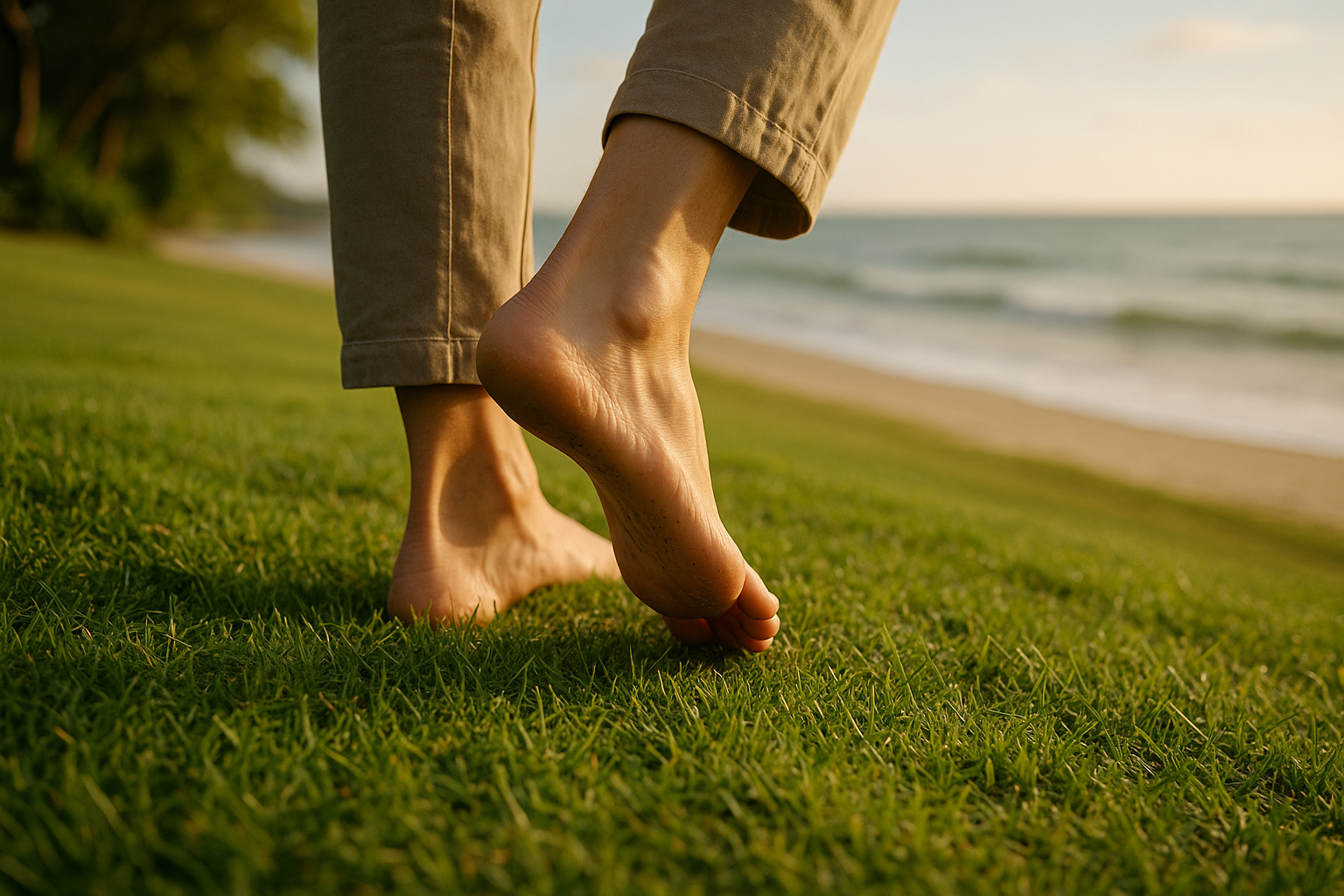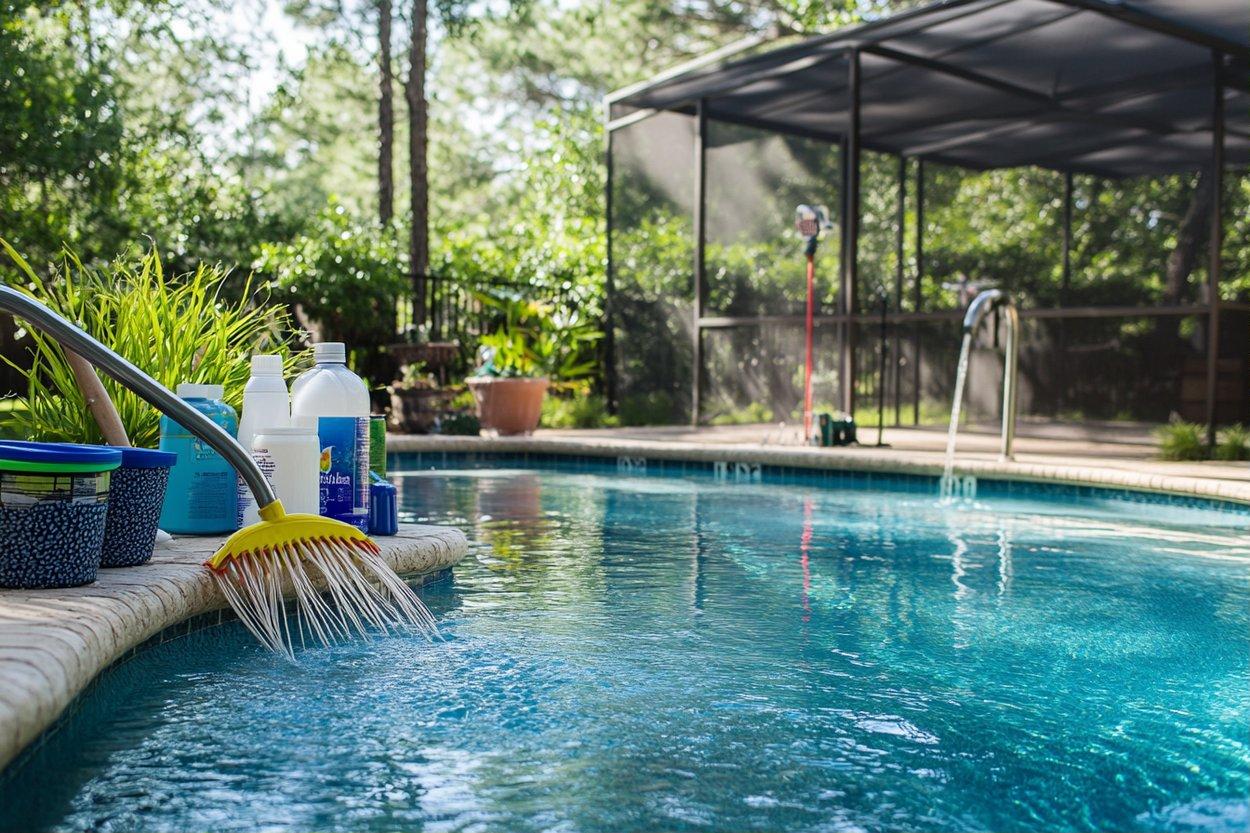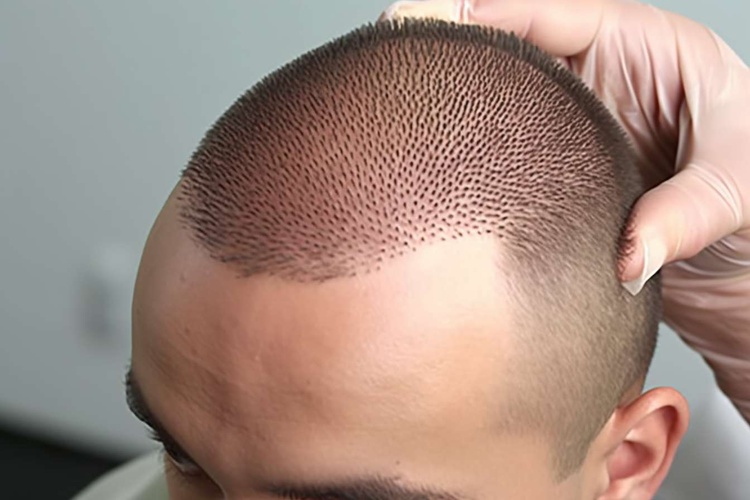Reaping the Health Benefits of Earthing: A Grounding Practice for Wellness
Have you ever wondered why a walk in the park or a barefoot stroll along the beach leaves you feeling rejuvenated and at peace? This sensation could be attributed to a natural practice known as 'Earthing' or 'Grounding,' which emphasizes the health benefits of connecting physically with the Earth's energy. Let's delve deeper into this less-explored wellness strategy, its benefits, potential challenges, and the scientific backing behind it.

The Origins and Science of Earthing
The concept of Earthing isn’t new. Ancient civilizations recognized the healing power of the Earth and incorporated it into their daily lives and healing practices. However, it’s only recently that the scientific community has begun to explore and understand the potential benefits of this simple practice.
Research indicates that the Earth’s surface is replete with negatively charged electrons. When we make direct contact with the ground, these electrons are absorbed into our body, which can have a potent antioxidant effect, neutralizing harmful free radicals and reducing inflammation.
Current Trends and Insights into Earthing
Today, as people strive to reconnect with nature in our technology-driven world, Earthing is gaining traction as a holistic wellness practice. From grounding mats and sheets that claim to mimic the Earth’s energy to dedicated grounding retreats, the trend is expanding.
However, while the commercial market grows, the most effective and authentic form of Earthing remains free and accessible to all – simply spending time barefoot outdoors, directly connecting with the Earth.
Benefits and Challenges of Earthing
Earthing proponents report a myriad of health benefits, including reduced stress and anxiety, improved sleep and energy levels, and improved recovery from injury or exertion. Some research also suggests that Earthing may boost heart health and support the immune system.
However, like any wellness strategy, Earthing is not without its challenges. Urban living may limit access to natural spaces, and climate or personal comfort may deter barefoot exploration. Furthermore, while the benefits of Earthing are promising, more comprehensive research is required to fully understand and validate its therapeutic potential.
Practical Insights on Earthing: Making the Most of Grounding
-
Start small: Even a few minutes of daily grounding can make a difference. Try walking barefoot in your backyard or local park.
-
Prioritize natural environments: Grass, sand, and soil are excellent conductors of the Earth’s energy. Concrete, asphalt, and synthetic materials are not.
-
Experiment with different times: Some people find grounding most beneficial first thing in the morning or before bed.
Conclusion
Earthing represents a return to our natural roots, reminding us of our innate connection with the Earth. While more research is needed, grounding practices offer a simple, cost-effective, and therapeutic way to potentially boost our health and wellbeing.




